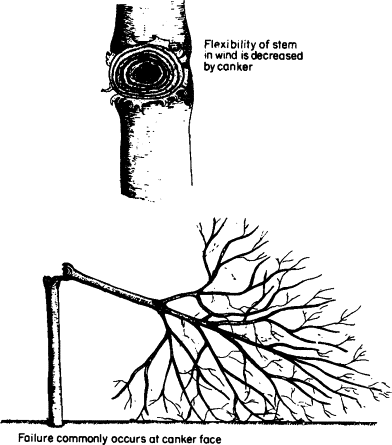
A canker overview of the band is a helpful way to learn more about the band. This site features the band’s lyrics, news, and videos. You can even leave your comments on the site. It is also a great resource for anyone who wants to learn more about the disease. Here is a canker overview of the band. You may also be interested in reading a canker FAQ. This page will be updated often, so be sure to check back.
Canker is a group of pathogens that attack citrus and other plants. There are several different forms of canker, each with its own specific symptoms and characteristics. While some of these strains are very similar, they are differentiated by their host range, bacteriophage sensitivity, and DNA-DNA homology. For genetic uniqueness, polymerase chain reaction is used to determine which pathogen is responsible. In Asia, the disease is caused by the Xanthomonas citri pv. axonopodis and is known as Canker Citri.
The Asiatic type of canker is the most prevalent and damaging type, and affects a variety of citrus and other plants. The disease usually attacks the softer side of the tree, and the side exposed to wind-driven rain develops the disease more quickly. In the US, the disease is primarily confined to the citrus species: lemons and key lime. Nectria canker is found in oak and the Russian olive.
The spread of citrus canker is mostly internal and to neighboring trees. The disease spreads by wind-driven rain. Tropical storms and severe meteorological events can spread the disease for miles. 99% of canker infections occur within a month after an infected tree has been infected. But this is not always the case. A canker outbreak can occur even when the trees are not affected. Therefore, it is important to avoid these weather conditions and understand the causes of the disease.
A canker overview describes the symptoms and causes of canker. Most canker outbreaks affect the back of the throat and the inside of the cheek. These sores are usually yellow and can be found on many different types of citrus trees. The most common form of canker, or the Asiatic type, is caused by a group of strains that originated in Asia. It affects lemons, key lime, and Douglas-fir.
The most common type of cancer is Asian. It affects citrus trees, but can also be found in tropical countries. Infections are spread by rain carried by the wind. Infected trees are more severely affected by cancer on the sides where rain and wind hit. It is very important to treat citrus trees as soon as possible. The disease is highly contagious, so it must be treated as soon as possible. Once it starts, it can be very destructive.
The ulcer review is a valuable tool for anyone who wants to learn more about this disease. It is often difficult to make a diagnosis without a clear understanding of what is causing the disease. While most canker outbreaks occur inside trees, they can also spread to nearby trees. It is important to note that diseases can occur in close proximity to an infected tree. Cancer can be caused by a number of factors, so it is important to consult with a specialist or at Handaldok Artikel Tentang Kesehatan to understand the best way to treat this disease.
There are two types of cancer. The Asian type is caused by a group of strains originating from Asia. This is the most common form of cancer. Infections with Asian strains can spread hundreds of miles. They are especially common in tropical areas. Despite the risk of infection, the disease responds well to treatment. Follow these steps to prevent and cure the disease. They can help you prevent cancer outbreaks and save your trees.
An overview of cancer includes causes, symptoms, and treatments. There are two main types of cancer. The Asian type is the most common and most severe and consists of a group of different strains. The disease usually occurs on a tree that is exposed to wind-driven rain. If the outbreak is caused by a tropical storm, the infection will spread to nearby trees. If so, it could spread to a distance of up to 594 meters.